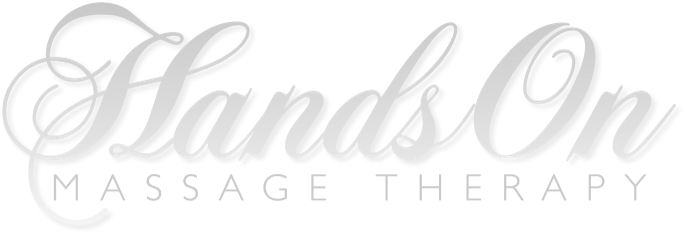why you should receive massage
Massage therapy offers a drug-free, non-invasive and humanistic approach based on the body’s natural ability to heal itself.
In order to understand the benefits and effects of massage, it is important to consider how the body responds physiologically.
Massage involves two types of responses:
mechanical responses as a result of pressure and movement as the soft tissues are manipulated
reflex responses in which the nerves respond to stimulation.
The Physiological Effects of Massage
Massage can help to:
reduce stress and anxiety by relaxing both mind and body
create a feeling of well-being and enhanced self-esteem
promote positive body awareness and an improved body image through relaxation
ease emotional trauma through relaxation
Effects on the Skeletal System
Massage can help increase joint mobility by reducing any thickening of the connective tissue and helping to release restrictions in the fascia.
It helps to free adhesions, break down scar tissue and decrease inflammation. As a result it can help to restore range of motion to stiff joints.
Massage improves muscle tone and balance, reducing the physical stress placed on bones and joints.
Effects on the Muscular System
Massage relieves muscular tightness, stiffness, spasms and restrictions in the muscle tissue.
It increases flexibility in the muscles due to muscular relaxation.
It increases blood circulation bringing more oxygen and nutrients into the muscle. This reduces muscle fatigue and soreness.
It promotes rapid removal of toxins and waste products from the muscle.
Effects on the Cardiovascular System
Massage can:
improve circulation by mechanically assisting the venous flow of blood back to the heart
dilate blood vessels helping them to work more efficiently
produce an enhanced blood flow; delivery of fresh oxygen and nutrients to the tissues is improved and the removal of waste products, toxins and carbon dioxide is hastened via the venous system
help temporarily to decrease blood pressure, due to dilation of capillaries
decrease the heart rate due to relaxation
reduce ischemia (ischemia is a reduction in the flow of blood to body parts, often marked by pain and tissue dysfunction).
Effects on the Lymphatic System
Massage helps to:
reduce edema (excess fluid in the tissue) by increasing lymphatic drainage and the removal of waste from the system
regular massage may help to strengthen the immune system, due to increase in white blood cells.
Effects on the Nervous System
Massage stimulates sensory receptors: this can either stimulate or soothe nerves depending on the techniques used.
It also stimulates the parasympathetic nervous system, helping promote relaxation and the reduction of stress.
Massage helps to reduce pain by the release of endorphins (endorphins are also known to elevate the mood).
Effects on the Skin
Massage can bring about:
improved circulation to the skin, increased nutrition to the cells and encouraging cell regeneration
increased production of sweat from the sweat glands, helping to excrete urea and waste products through the skin
vaso-dilation of the surface capillaries helping to improve the skin’s color
improved elasticity of the skin
increased sebum production, helping to improve the skin’s suppleness and resistance to infection.
Effects on the Respiratory System
Massage deepens respiration and improves lung capacity by relaxing any tightness in the respiratory muscles.
It also slows down the rate of respiration due to the reduced stimulation of the sympathetic nervous system
Effects on the Digestive System
Massage can:
increase peristalsis in the large intestine, helping to relieve constipation, colic and gas
promote the activity of the parasympathetic nervous system, which stimulates digestion.
Effects on the Urinary System
Massage increases urinary output due to the increased circulation and lymph drainage from the tissues.

